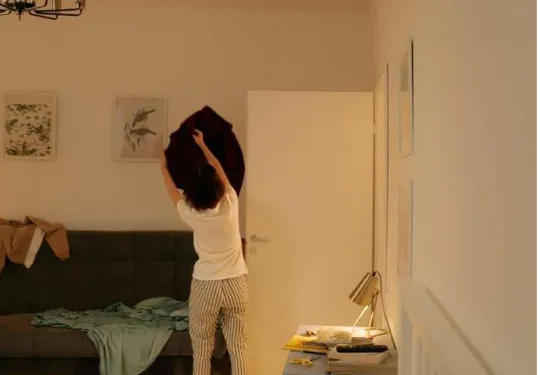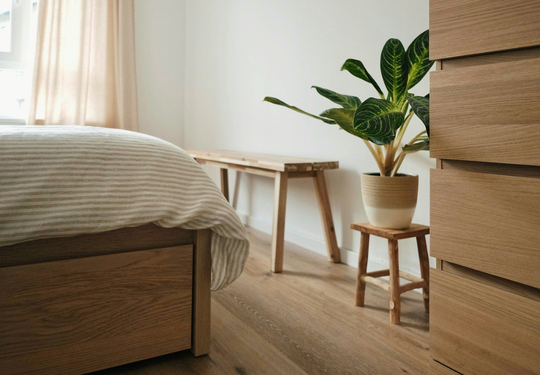Healthy Detachment: Learning to Let Go with Love - English
By:
Milzys Romero
On
13/10/2025Reading time:
12 min
Summary:
Letting go isn’t forgetting—it’s honoring with love. This piece invites us to release what has completed its cycle—objects, memories, even emotions—to make room for what’s meant to come. When we let go with gratitude, life finds a way to fill us with what we truly need.
Everything Has Its Own Rhythm
Detachment doesn’t mean forgetting, nor does it mean stopping loving. It means learning to let go—little by little—at our own pace. Sometimes we let go of someone who is no longer here, and other times we release things that have already fulfilled their purpose in our lives.
When it comes to losing a loved one, it’s impossible to want to clear out their belongings the next day. Each object feels like a fragment of their presence, and the heart just isn’t ready yet. But when we accumulate objects—clothes we never wear, shoes kept “just in case,” boxes full of memories, papers or ornaments we haven’t looked at in years—the weight becomes emotional. Without realizing it, our spaces fill up, and so do our minds and hearts.
The process of detachment requires time, patience, and respect. There’s no calendar that tells us when to let go, nor an exact formula for how to do it. The right moment comes naturally—when we understand that love and fulfillment don’t live in objects, but in the deepest parts of our hearts.


Honoring Without Clinging
Keeping everything material doesn’t mean that person—or that memory—is closer to us. We honor their memory and our own growth more deeply when we’re able to hold on to what’s essential: the lessons, the moments, and the emotions that truly nourish us.
Those live within us—not in a piece of clothing, a piece of furniture, or an object. Letting go doesn’t mean forgetting; letting go is honoring with love. And when we release the material things we no longer need, we make space for new things—for calm, and for the energy of what we truly want to attract into our lives.
A Personal Path, but Not a Lonely One
Detachment is a profoundly personal journey. Everyone experiences it in their own way and in their own time. But asking for help can make it lighter.
Sharing this process with someone we trust—a family member, a friend, or even a professional in organization or emotional support—can give us strength to decide what to keep, what to donate, and what to let go of.
We don’t have to do it alone. Having support is also an act of love and self-care.


A Simple Practice to Begin
If we’re in the midst of a detachment process—whether from loss or accumulation—we can start with a small gesture.
Choose an object that brings you peace. Hold it in your hands, look at it, and give thanks for all that it represents. Then write in a journal about the memories it evokes and how you wish to honor its meaning in your everyday life.
This exercise reminds us that the memory, the lesson, and the love live within us—not in the object itself.
Weekly Mini-Challenge
This week, don’t try to empty an entire space. Just choose one object you’ve kept out of attachment and ask yourself:
Does it connect me with love—or does it make me feel sadness or heaviness? Do I use it—or do I keep it “just in case”?
If it gives you peace, keep it. If it feels like it ties you down or drains your energy, thank it and find a way to release it: donate it, gift it, or place it in a box to let go of later.

When we dare to release what we no longer use—the things that only take up physical and emotional space—something beautiful happens: new spaces open up in our lives.
Spaces to breathe, to create, to receive. Spaces for new experiences, new goals, and new beginnings.
Because every time we let go with love, life finds a way to fill us again—with exactly what we truly need.
Subscribe to our newsletter
Subscribe to our newsletter to get weekly updates direct to your inbox.
_139c0.png)